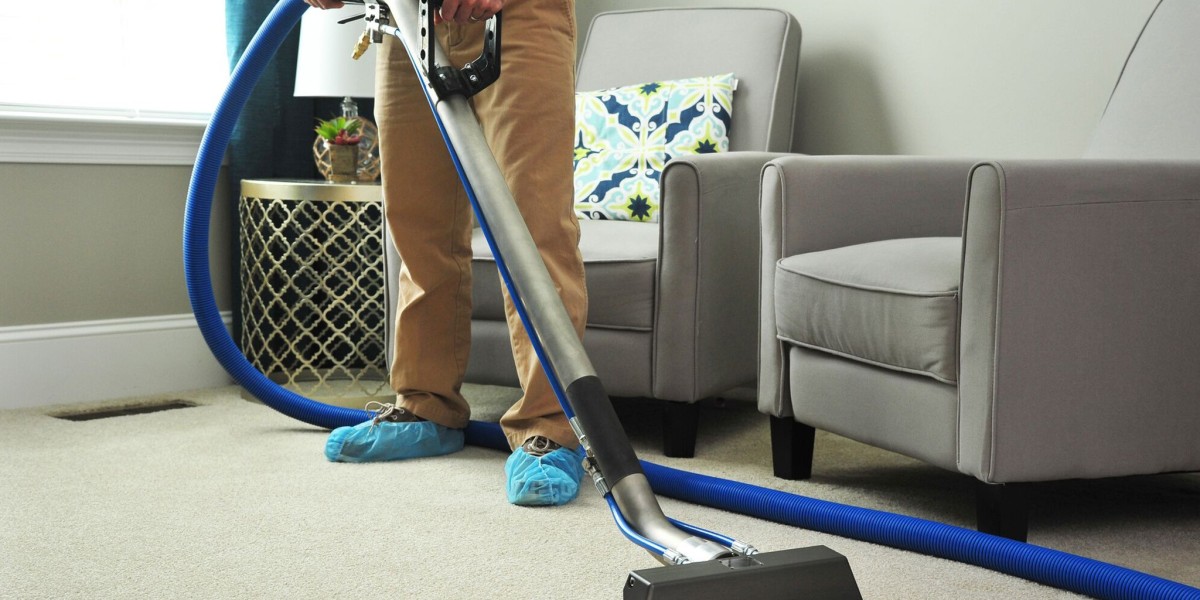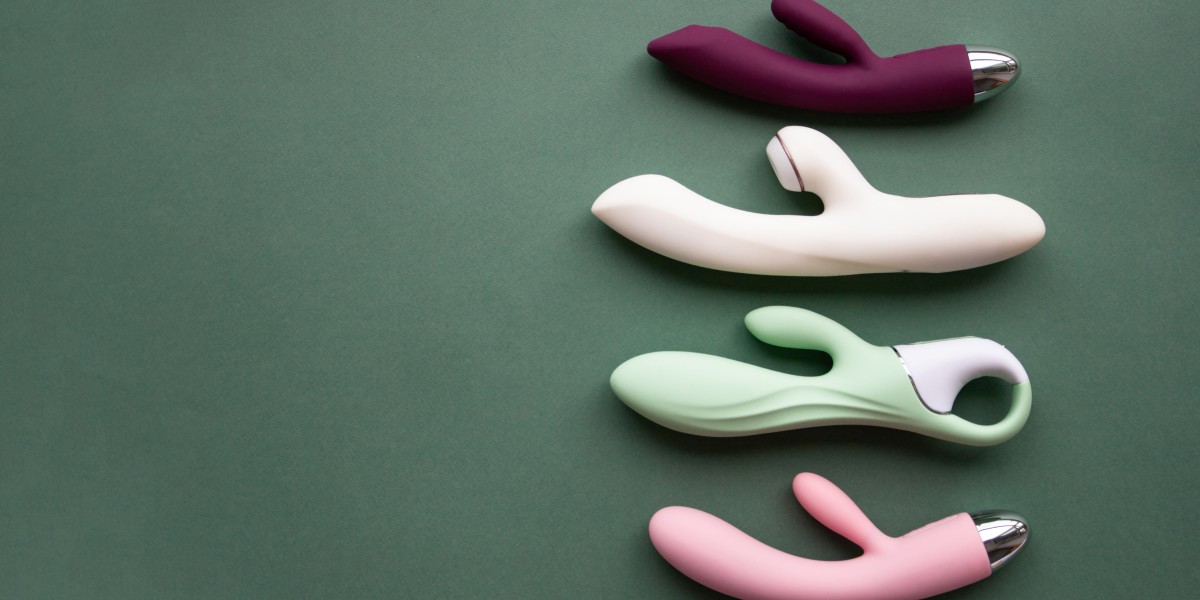When you think of wine, what’s the first image that comes to mind? For many, it’s not just a glass of red or white—it’s the iconic wine barrel. From the rolling vineyards of France to modern wineries in California, barrels have been at the heart of winemaking for centuries. But what makes them so important? And why are wine barrels becoming popular not just for aging wine but also for home décor, gardening, and event styling?
In this blog, we’ll dive deep into the history, uses, and modern applications of wine barrels while giving you tips on where to buy them and how to repurpose them creatively.
What is a Wine Barrel and Why is it Important?
A wine barrel is traditionally made of oak wood and serves as a container for fermenting, aging, and storing wine. The use of oak isn’t accidental—it imparts unique flavors, aromas, and textures that enhance the wine’s character.
Flavor Influence: Oak barrels release tannins and vanillin, giving wine notes of spice, vanilla, and toast.
Aging Benefits: The porous nature of oak allows micro-oxygenation, which softens the wine and improves complexity.
Heritage & Tradition: Barrels are part of centuries-old winemaking traditions that continue to this day.
In short, without the wine barrel, wine as we know it wouldn’t have the same depth or elegance.
Different Types of Wine Barrels
Not all wine barrels are the same. Depending on the type of oak and craftsmanship, they can drastically change the outcome of the wine.
French Oak Barrels
Known for subtle and elegant flavors.
Add notes of spice, caramel, and nuttiness.
Typically more expensive due to limited supply.
American Oak Barrels
Provide stronger flavors like coconut, vanilla, and dill.
Often used for bolder wines like Cabernet Sauvignon.
More affordable than French oak.
Hungarian and Other Oak Barrels
Offer a balance between French and American oak characteristics.
Increasingly popular in modern wineries for versatility.
Creative Uses for Old Wine Barrels
Wine barrels don’t just belong in vineyards—they’re making their way into homes, gardens, and businesses. Here are some inspiring ways you can repurpose a wine barrel:
Wine Barrel Furniture
Coffee tables with glass tops.
Rustic bar stools and chairs.
Outdoor patio tables for a vintage vibe.
Wine Barrel Planters
Perfect for herbs, flowers, or small trees.
Add charm to gardens and patios.
Naturally weather-resistant due to oak construction.
Wine Barrel Décor
Use as centerpieces for weddings and parties.
Cut in half and use as rustic storage bins.
Turn into sinks or basins for a farmhouse-style bathroom.
Wine Barrel for Aging Whiskey or Beer
Many home brewers buy used barrels to add complexity to craft beers or small-batch spirits.
Where to Buy Wine Barrels
If you’re searching for wine barrels for sale, you’ll find multiple options depending on your purpose.
Local Wineries: Often sell used barrels at discounted prices.
Online Retailers: Websites like Etsy, Amazon, or specialty barrel shops.
Home Improvement Stores: Some carry half barrels for planters.
Custom Barrel Makers: Ideal if you need new barrels for winemaking or decorative projects.
Tips for Maintaining a Wine Barrel
Whether you’re using a wine barrel for décor, gardening, or winemaking, proper care extends its lifespan.
Keep Moisture: Prevent drying and cracking by occasionally rinsing or misting with water.
Avoid Direct Sunlight: Too much heat can warp the wood.
Seal the Wood: If using outdoors, apply a protective sealant.
Clean Properly: For wine or beer use, sterilize before refilling to avoid contamination.
Frequently Asked Questions About Wine Barrels
How long does a wine barrel last?
A barrel used for winemaking typically lasts 3–5 years before its flavor impact decreases. For decorative or furniture use, it can last decades with proper care.
Can you reuse a wine barrel?
Yes, barrels can be reused for aging spirits, making vinegar, or as planters and furniture.
How many bottles of wine are in a barrel?
A standard wine barrel (225 liters) holds about 300 bottles of wine.
Are wine barrels always made of oak?
Traditionally, yes. Oak is preferred due to its unique ability to enhance flavor, but experimental winemakers sometimes use acacia, chestnut, or stainless steel alternatives.
Why Wine Barrels are Worth the Investment
Owning a wine barrel is more than just a purchase—it’s an experience. Whether you’re a winemaker, a home brewer, or someone who loves rustic décor, wine barrels add charm, history, and functionality to your life. Their versatility makes them a smart investment, whether for wine aging, garden projects, or creative DIY designs.
Conclusion: Bring the Charm of Wine Barrels Into Your Life
From their role in crafting world-class wines to their modern uses as planters, furniture, and decorative pieces, wine barrels are truly timeless. They combine tradition with versatility, making them a favorite for both wine enthusiasts and creative homeowners.
If you’ve been searching for ways to add rustic elegance to your home or business—or if you’re looking to elevate your winemaking or brewing—consider investing in a wine barrel today.
Bourbon Barrels: Tradition, Craftsmanship, and Modern Uses
When you think of bourbon, it’s not just about the rich amber liquid in your glass—it’s about the tradition, history, and craftsmanship behind it. At the heart of this process lies the bourbon barrel. These iconic barrels aren’t just storage containers; they’re essential to the flavor, character, and authenticity of bourbon. In fact, without bourbon barrels, the spirit wouldn’t be the same.
But bourbon barrels aren’t only important to distillers. Today, they’re sought after by home brewers, furniture makers, and even gardeners who love their rustic appeal. Whether you’re a whiskey enthusiast, DIY hobbyist, or simply curious about their charm, this guide will give you everything you need to know about bourbon barrels.
What Makes a Bourbon Barrel Unique?
Unlike wine barrels, bourbon barrels must follow strict legal standards set by U.S. law. According to regulations:
Bourbon must be aged in new, charred oak barrels.
Each barrel can only be used once for aging bourbon.
The charred interior gives bourbon its signature smoky, caramel, and vanilla flavors.
This process ensures consistency and creates the bold, rich flavors bourbon lovers enjoy. Once used, these barrels often find second lives in breweries, wineries, or creative projects.
The Bourbon Barrel Aging Process
Bourbon barrels play a crucial role in shaping the spirit’s taste and aroma. Here’s how:
Charred Oak Layers: When the inside of a barrel is charred, it creates layers that filter and flavor the bourbon.
Flavor Extraction: Over time, the spirit pulls vanilla, caramel, spice, and smoky notes from the oak.
Color Development: The deep amber hue of bourbon comes almost entirely from its time in the barrel.
Climate Impact: In Kentucky, where most bourbon is made, hot summers and cold winters cause the wood to expand and contract, pushing bourbon in and out of the oak.
This natural process makes every barrel-aged bourbon unique.
Different Uses for Bourbon Barrels
Once their life in bourbon production is over, barrels don’t go to waste. Their strength, durability, and charm make them versatile for various uses.
Bourbon Barrel Furniture
Turned into rustic coffee tables or bar stools.
Converted into outdoor patio furniture.
Repurposed as wine racks or storage cabinets.
Bourbon Barrel Planters
Perfect for flowers, herbs, or small trees.
Add character to gardens or patios.
Naturally weather-resistant.
Bourbon Barrel Décor
Used in weddings as decorative stands or centerpieces.
Converted into sinks, basins, or rustic lighting fixtures.
Ideal for man caves, bars, or breweries.
Bourbon Barrels for Brewing and Aging
Breweries use them for aging craft beer to add depth and complexity.
Some winemakers and distillers repurpose them for whiskey, rum, or tequila aging.
Where to Buy Bourbon Barrels
If you’re searching for bourbon barrels for sale, here are a few reliable options:
Distilleries: Many sell used barrels directly to the public.
Online Retailers: Websites like Etsy, Amazon, or specialty barrel shops.
Local Home Improvement Stores: Some carry half barrels for planters or décor.
Custom Barrel Makers: Offer new barrels for brewing or decorative use.
Caring for Your Bourbon Barrel
To get the most out of your barrel—whether for décor, brewing, or gardening—proper care is essential.
Avoid Drying Out: Keep the wood moist to prevent cracking.
Seal for Outdoors: Apply protective sealant if using outside.
Clean Thoroughly: For brewing or spirit-aging, always sanitize before reuse.
Store Properly: Keep barrels away from direct sunlight and extreme temperatures.
Frequently Asked Questions About Bourbon Barrels
How many gallons are in a bourbon barrel?
A standard bourbon barrel holds about 53 gallons (200 liters).
Can bourbon barrels be reused?
Not for bourbon, due to legal requirements. However, they’re often reused for aging beer, whiskey, rum, or as décor and furniture.
How long do bourbon barrels last?
For aging bourbon, typically 4–12 years. As decorative or functional pieces, they can last decades with care.
Why are bourbon barrels charred?
Charring caramelizes the sugars in the oak, creating rich flavors and filtering impurities, which gives bourbon its signature profile.
Why Bourbon Barrels Are Worth the Investment
Owning a bourbon barrel is like owning a piece of American history. Whether you’re a bourbon fan who wants a piece of authentic craftsmanship or someone looking to repurpose rustic wood into something functional, bourbon barrels offer unmatched quality and character.
From adding depth to craft beer to transforming your patio with a stylish planter, these barrels prove their versatility time and again.
Conclusion: Bring the Spirit of Bourbon Barrels Home
Bourbon barrels are more than vessels—they’re storytellers of flavor, tradition, and craftsmanship. From distilleries in Kentucky to homes around the world, they continue to serve new purposes long after their first life.
If you’re looking for a unique way to add rustic charm, authenticity, and history to your home or projects, consider investing in a bourbon barrel.








